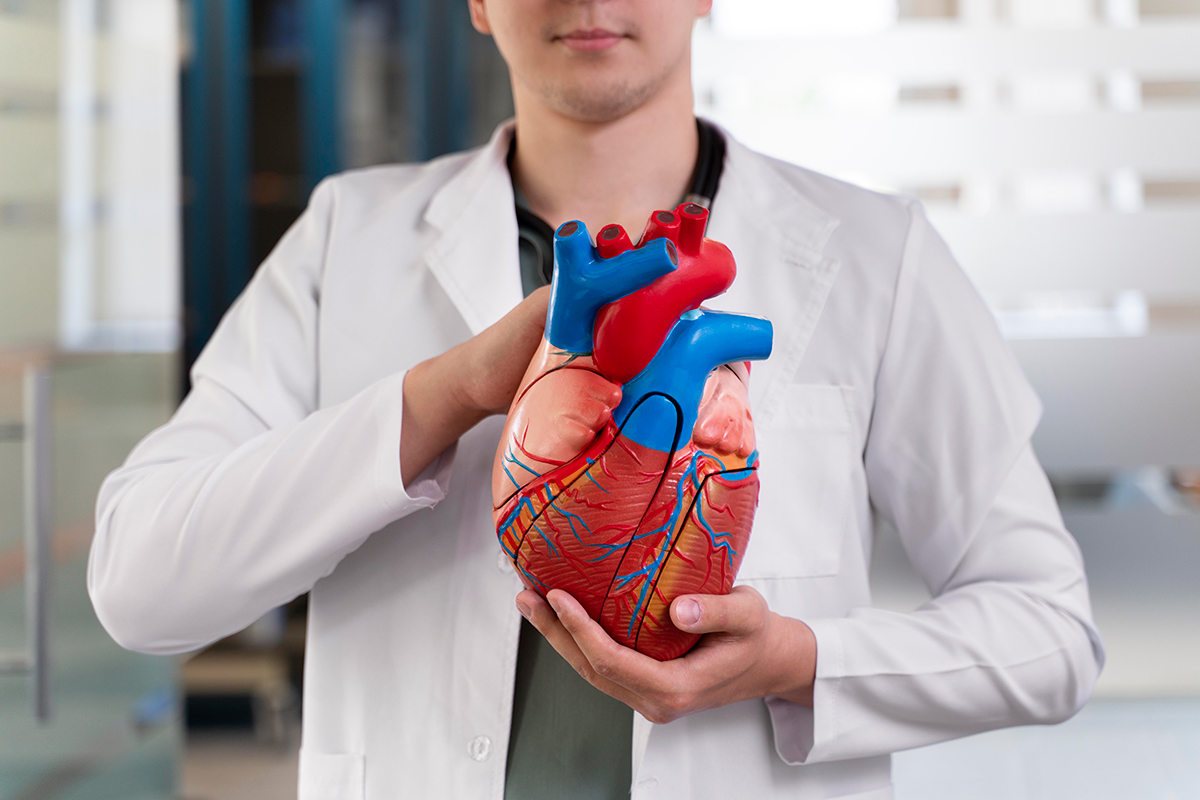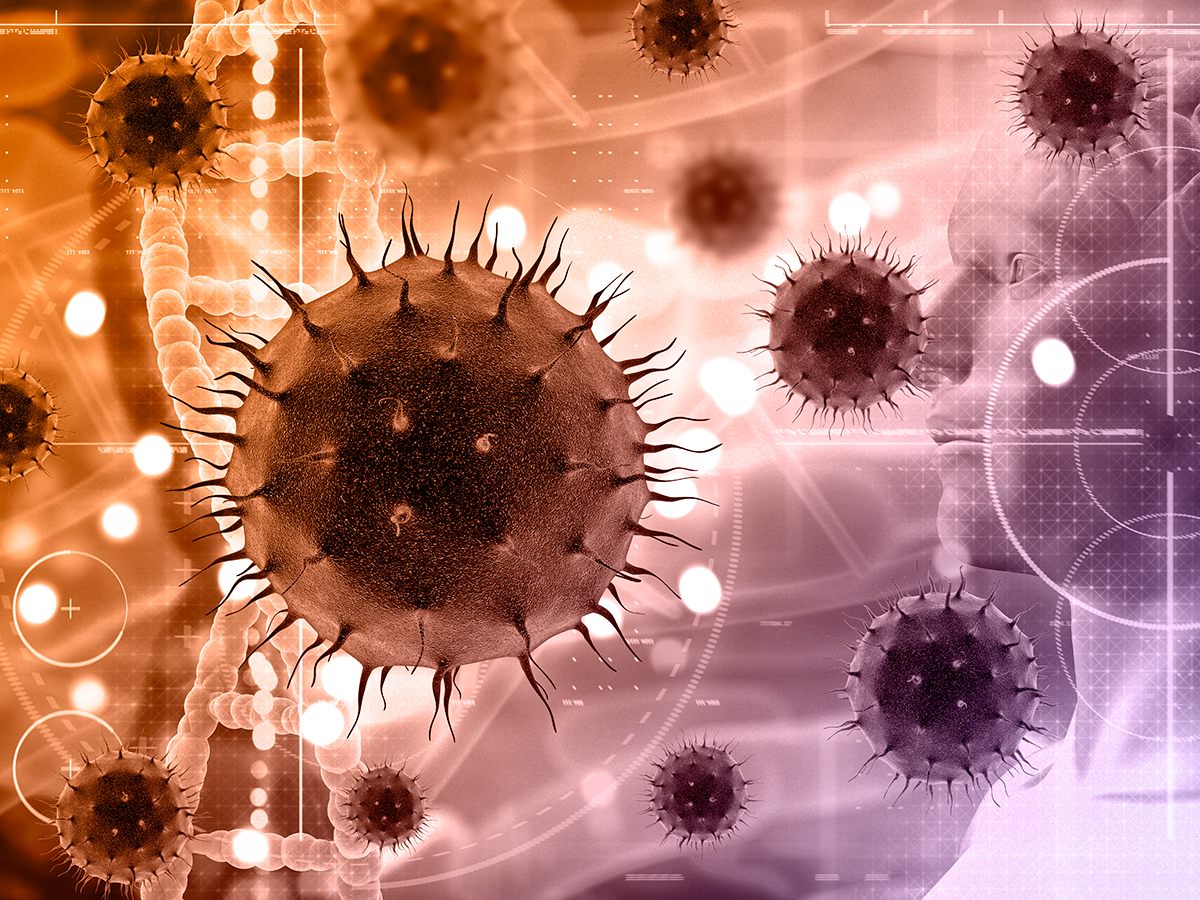
How to Recognize heart diseases
How to Recognize heart diseases
Heart disease is a leading cause of death worldwide, and recognizing the signs and symptoms of heart disease is crucial to getting the right treatment and preventing serious complications. In this blog, we will discuss how to recognize heart disease and when to seek medical attention.
Chest Pain: One of the most common symptoms of heart disease is chest pain. The pain may feel like pressure or tightness in the chest and can also be accompanied by discomfort in other areas such as the arms, neck, jaw, back, or stomach. This pain can last for several minutes or come and go.
Shortness of Breath: Shortness of breath is another symptom of heart disease. You may experience difficulty breathing or feel like you are unable to catch your breath, especially during physical activity or while lying down.
Fatigue: Feeling excessively tired or weak, even after getting enough sleep, can be a sign of heart disease. This is because the heart has to work harder to pump blood throughout the body when it's not functioning properly.
Dizziness or Fainting: Dizziness or light-headedness, and fainting can also be symptoms of heart disease. This is often due to a decrease in blood flow to the brain, which can cause you to feel dizzy or even faint.
Rapid or Irregular Heartbeat: Heart palpitations or a rapid or irregular heartbeat can be a sign of heart disease. If you feel like your heart is racing or beating irregularly, it is important to get checked out by a medical professional.
Swelling: Swelling in the legs, ankles, or feet can also be a sign of heart disease. This occurs when the heart is unable to pump blood effectively, causing fluid to accumulate in the lower extremities.
If you are experiencing any of these symptoms, it is important to seek medical attention as soon as possible. Early diagnosis and treatment can help prevent serious complications and improve your chances of full recovery. Your doctor may perform a physical exam, order tests such as an electrocardiogram (ECG), or refer you to a specialist for further evaluation and treatment.
In addition to recognizing the signs and symptoms of heart disease, it is also important to take steps to prevent heart disease. This includes maintaining a healthy weight, eating a healthy diet, getting regular exercise, managing stress, quitting smoking, and controlling other health conditions such as high blood pressure, high cholesterol, and diabetes.
In conclusion, recognizing the signs and symptoms of heart disease is crucial to getting the right treatment and preventing serious complications. If you are experiencing any of the symptoms listed above, seek medical attention as soon as possible. By taking steps to prevent heart disease and getting early treatment, you can protect your heart health and live a longer, healthier life.



0 comments